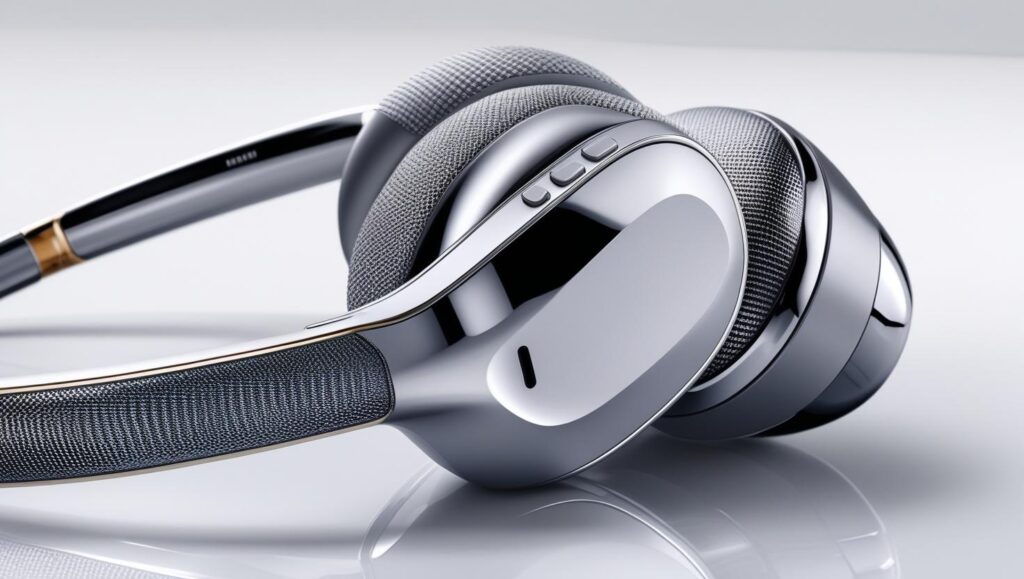For years, gamers and power users have faced a choice: the universal convenience of Bluetooth or the raw performance of a wired or proprietary 2.4GHz dongle connection. That compromise is about to end. A new enhancement, Ultra-Low Latency (ULL) Bluetooth, is set to deliver wired-like 1000Hz performance without the dongle, revolutionizing everything from competitive gaming to immersive virtual reality. This article dives deep into the technology, its market impact, and why your next high-performance peripheral will be dongle-free.
Bluetooth Evolution
The End of the Dongle: An Analysis of Ultra-Low Latency Bluetooth
A new Bluetooth enhancement is set to make wireless gaming controllers as fast as their wired counterparts, eliminating the need for proprietary dongles and revolutionizing everything from cloud gaming to VR.
The Latency Race: A Visual Comparison
Standard Bluetooth
~133 Hz
8ms+ Report Interval
Great for convenience, but noticeable lag for gaming.
ULL Bluetooth HID
1000 Hz
1ms Report Interval
Wired-like performance with Bluetooth's universal convenience.
Wired / 2.4GHz Dongle
1000-8000 Hz
<1ms Report Interval
The gold standard for performance, but requires cables or dongles.
The Latency Imperative in Wireless Peripherals
For years, a clear trade-off has existed: the universal, dongle-free convenience of standard Bluetooth or the high performance of wired USB and proprietary 2.4GHz wireless solutions. This created a performance gap that has defined the market for the last decade: a choice between the convenience of Bluetooth and the performance of proprietary wireless. The ULL HID project's primary goal is to shatter this perception by enabling 1000 Hz performance over a standard Bluetooth link.
Interactive Performance Benchmark
| Technology | Polling Rate (Hz) | Report Interval (ms) | Pros | Cons |
|---|---|---|---|---|
| Wired USB | 1000 - 8000 | 1 - 0.125 | Highest performance; no battery concerns. | Cable clutter; limited mobility. |
| Proprietary 2.4GHz | 1000 - 8000 | 1 - 0.125 | Wired-like performance; high reliability. | Requires a dedicated USB dongle. |
| Standard Bluetooth HOGP | 125 | 8 | Universal compatibility; no dongle. | High latency; unsuitable for gaming. |
| Target: ULL Bluetooth HID | 1000+ | ~1 | Combines performance with convenience. | Requires new hardware/firmware on host & peripheral. |
Technical Deep Dive: How ULL HID Works
The ULL HID enhancement is not a new protocol. It is an architectural achievement, representing a sophisticated and aggressive co-optimization of existing features within the Bluetooth 5.x specifications. The innovation lies in the holistic tuning of the entire stack to reliably maintain and process a high-frequency data stream.
1ms Connection Interval
The core of ULL is reducing the connection interval from the standard 7.5ms minimum to just 1ms, enabling a 1000 Hz polling rate. This requires the host device (PC, TV) to reliably service these frequent connection events.
Throughput Maximization (2M PHY & DLE)
The 2 Mbit/s Physical Layer (2M PHY) and Data Length Extension (DLE) are leveraged to transmit larger data packets in less time, crucial for fitting complex controller reports into the 1ms window.
Intelligent Power Management
Using "Peripheral Latency," a device can skip connection events when idle to save power, but immediately transmit on the next 1ms interval the moment input is detected, balancing low power with instant response.
Polling Rate: The Higher, The Better
Higher polling rates result in smoother, more up-to-date cursor positions, eliminating micro-stutters and providing a critical edge in fast-paced scenarios.
Market Impact and Application Horizons
The introduction of a standardized, high-performance wireless protocol for HIDs will catalyze innovation across several key markets, from gaming to immersive reality and beyond.
Revolutionizing Wireless Gaming
For cloud gaming, slashing local input lag is critical. For competitive gamers, it makes Bluetooth a viable option. For mainstream users, it means a single high-performance controller for PC, console, and TV without a dongle.
Unlocking Immersive Realities (AR/VR)
Low latency is the cornerstone of "presence" in VR. ULL HID is a critical enabler for controllers, haptic gloves, and body trackers, offering a standardized alternative to proprietary solutions.
The Ecosystem: Paving the Way for Adoption
The success of ULL HID hinges on the coordinated readiness of silicon vendors, device manufacturers, and operating system providers. Early indicators show strong momentum across the ecosystem.
Strategic Outlook: The Future of Wireless Performance
The emergence of ULL HID is not merely an incremental update but a strategic inflection point for the entire Bluetooth ecosystem. Its success will depend on managing key trade-offs, leveraging the power of standardization, and aligning with the long-term technology roadmap.
Power vs. Performance
Higher polling rates demand more power. The key is intelligent firmware that uses "Slave Latency" to sleep during idle periods but responds instantly when input occurs, balancing battery life with performance.
The Standardization Advantage
Say goodbye to lost dongles. A universal standard reduces costs for manufacturers and simplifies life for consumers, allowing one high-performance peripheral to work with all your devices.
The Road to Bluetooth 6.0
ULL HID is just the beginning. Future Bluetooth standards aim for even higher data rates and expansion into new frequency bands (5/6GHz), promising even better performance and reliability.
